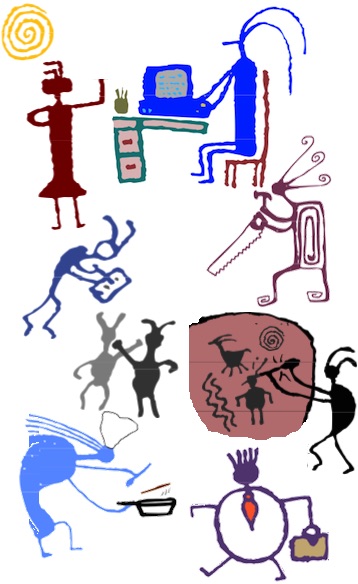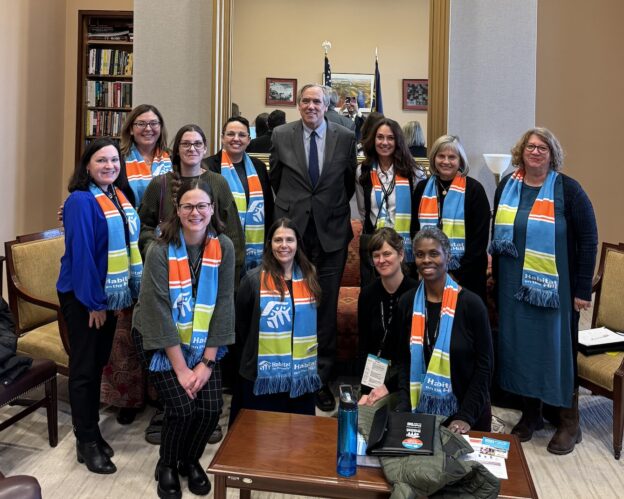One of the things I have really disliked in working with people who manage volunteers is those that turn their noses up at people who have to do mandatory community service. “They aren’t volunteers, they are volunTOLDS”, they smirk. They will go so far as not inviting people doing community service to volunteer recognition events, not inviting them to follow them on social media, even not giving them the t-shirts, pins and other swag they give to “real” volunteers.
People volunteer at nonprofits for a variety of reasons and MOST of those reasons are NOT selfless: people volunteer to explore careers, to meet people, to have experience to add to their résumé, to meet a class requirement, because their religion tells them to, because they are skeptical about something and want to see first hand what the work is about, and a whole host of reasons that aren’t at all “selfless.”
I am an advocate for treating community service folks as VOLUNTEERS, just like everyone else. I have the same high bar of participation for them as I do any volunteer: they have to fill out the same paperwork, they have to go through the same screening and orientation, they have to adhere to the same policies, etc. Not all of them make the cut – just like other people who want to volunteer. But if they do, then I treat them just like all the other volunteers. And the result is that EVERY person who has done mandated community service with me has volunteered for MORE hours than the court or their class required.
This brings me to a recent experience: a friend who works at a nonprofit has a son who did something reckless and stupid and illegal, and ended up having to do mandated community service as a part of his sentence. She was at all of his various meetings with law enforcement and other officials in the restorative justice process, along with the friends who had been with him, and she talked about how he and his friends stared down at the ground, looked as humiliated as all the officials wanted them to, mumbled through answers, etc. She organized the community service hours he and his friends had to do at the nonprofit where she works – they worked alongside teens from a church to clean out the yard of an elderly, disabled homeowner. It was an all-day, very physically strenuous task. Had you been there, as I was, you could not have told which teens were from the church and which were the ones mandated by a court to be there. Days afterward, the teens had their follow-up meeting with officials, and did their usual mumbling and shame-staring, until… it was time to talk about the community service experience.
My friend said that the teens lit up, shoulders and heads straight, talking all at once about what they had done, seeing how much this homeowner had needed helped, how after a few hours they could see that they were changing her life for the better. One of them said, “I think I want to do this as my job – I want to help people like this!” They wanted to know if this was “real” volunteering and if they should put it on job applications.
Community service doesn’t always result in something like this. Volunteering doesn’t always result in something like this. But when it does – wow.
Also see:
- Yes, I love court-ordered community service folks: how I have involved people compelled by the courts to finish community service.
- Supervising online volunteers in court-ordered settings: how to supervise online volunteers that are doing community service because of a punishment or probation.
- All of my blogs about some aspect of court-ordered community service.

If you have benefited from this blog or other parts of my web site and would like to support the time that went into researching information, developing material, preparing articles, updating pages, etc. (I receive no funding for this work), here is how you can help.








